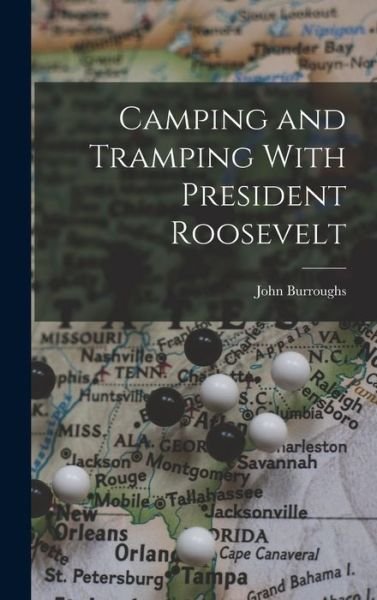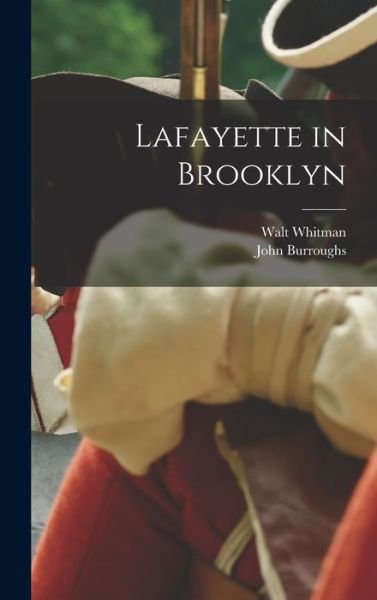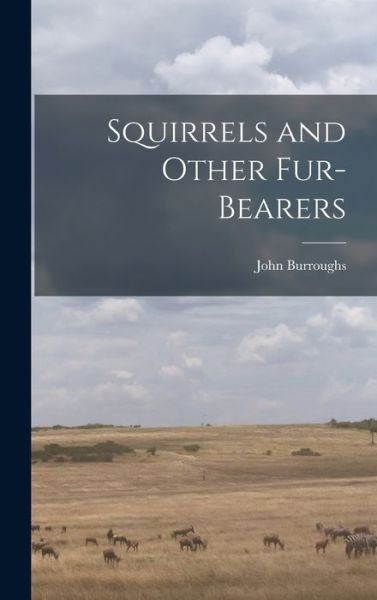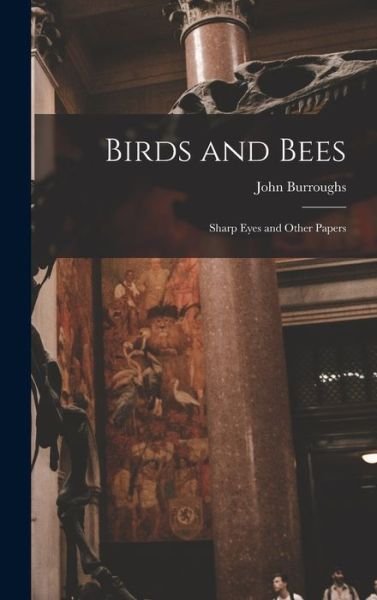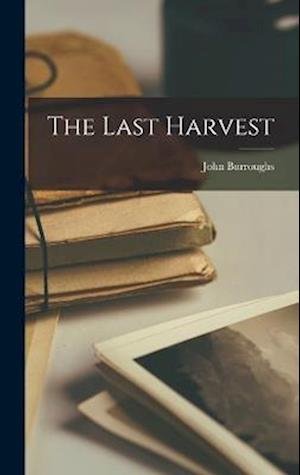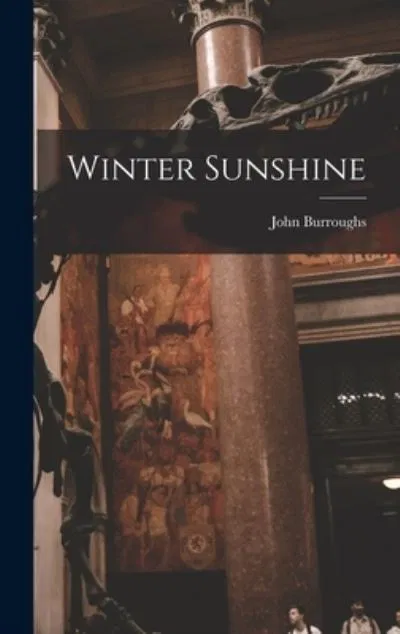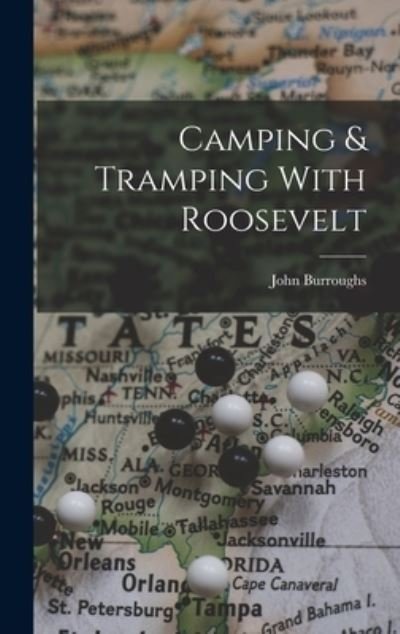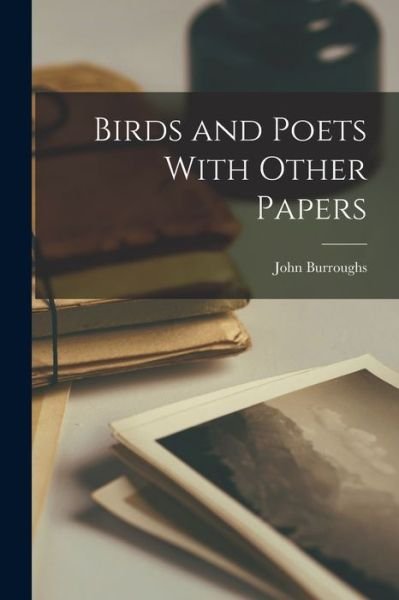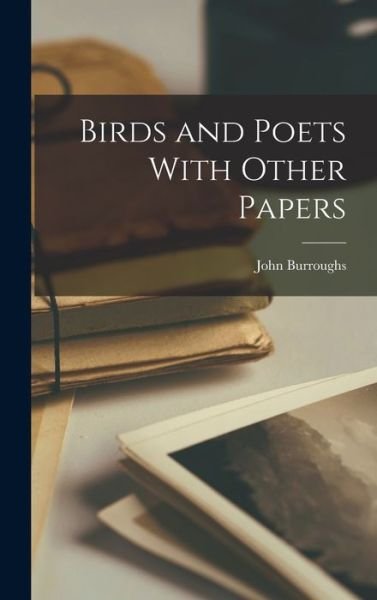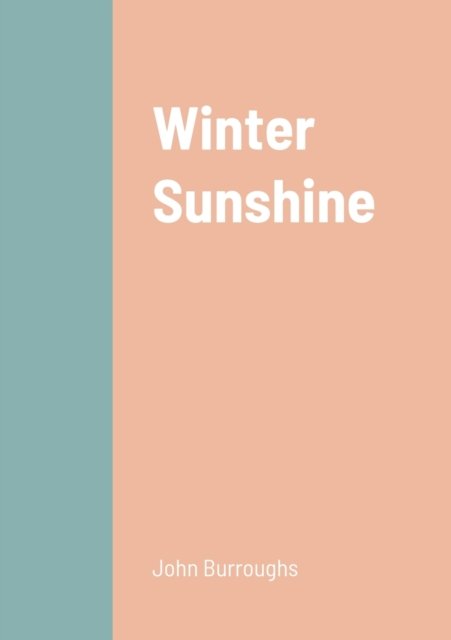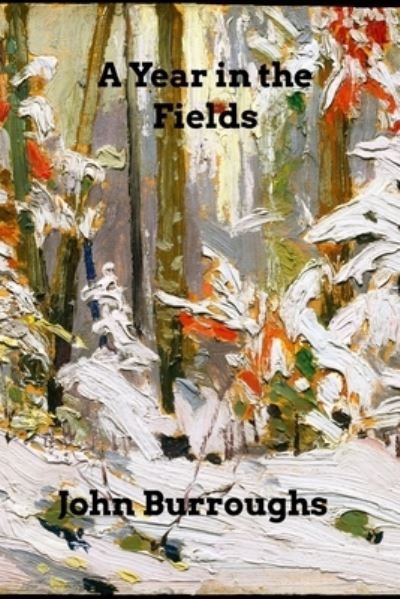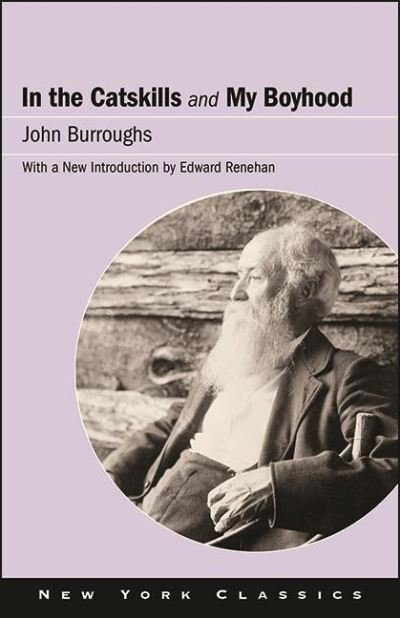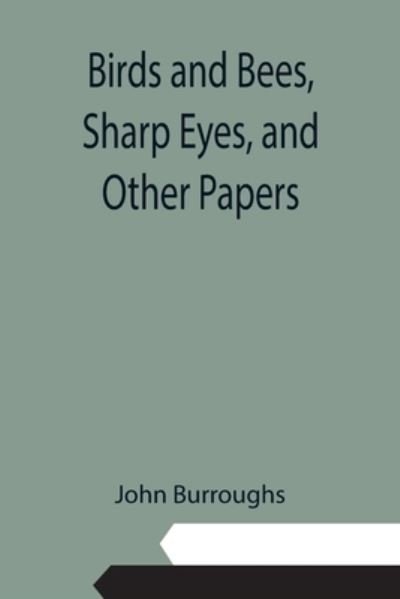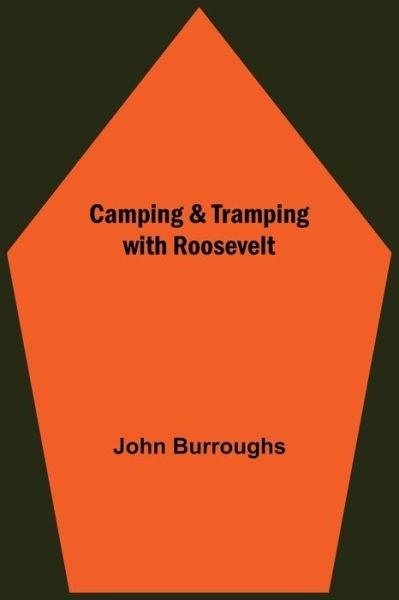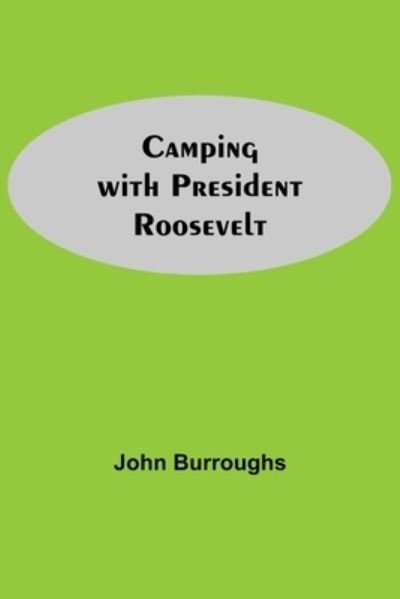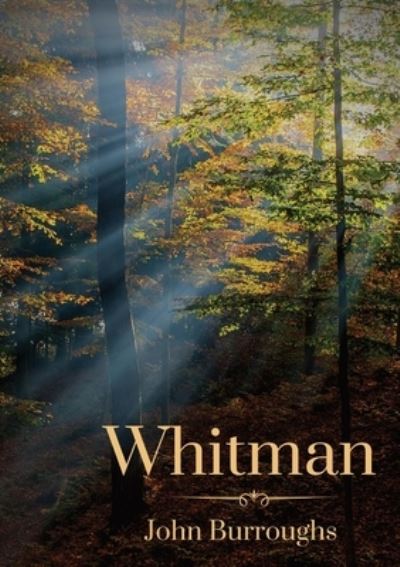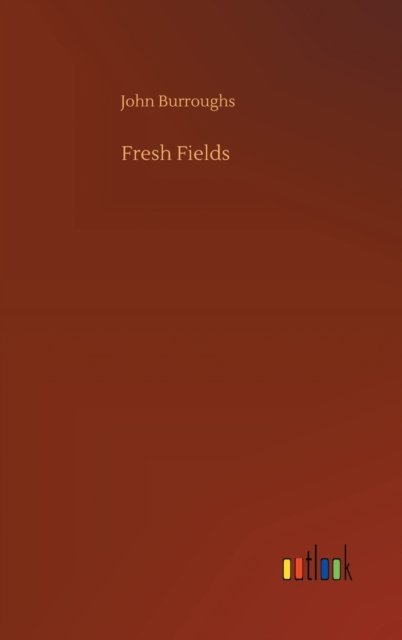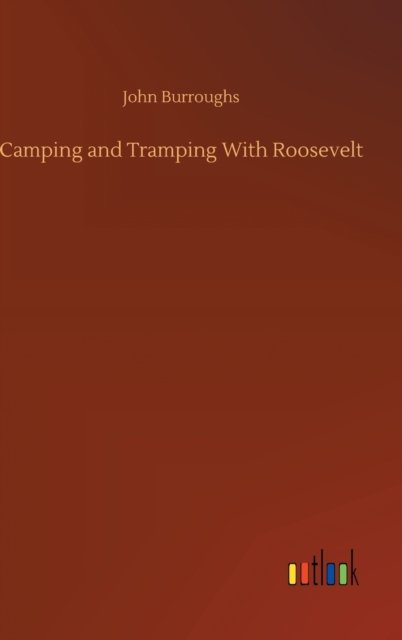
Tell your friends about this item:
Locusts and Wild Honey
John Burroughs
Locusts and Wild Honey
John Burroughs
The honey-bee goes forth from the hive in spring like the dove from Noah's ark, and it is not tillafter many days that she brings back the olive leaf, which in this case is a pellet of golden pollenupon each hip, usually obtained from the alder or the swamp willow. In a country where maplesugar is made the bees get their first taste of sweet from the sap as it flows from the spiles, or as itdries and is condensed upon the sides of the buckets. They will sometimes, in their eagerness, comeabout the boiling-place and be overwhelmed by the steam and the smoke. But bees appear to bemore eager for bread in the spring than for honey: their supply of this article, perhaps, does not keepas well as their stores of the latter; hence fresh bread, in the shape of new pollen, is diligently soughtfor. My bees get their first supplies from the catkins of the willows. How quickly they find them out!If but one catkin opens anywhere within range, a bee is on hand that very hour to rifle it, and it is amost pleasing experience to stand near the hive some mild April day and see them come pouring inwith their little baskets packed with this first fruitage of the spring. They will have new bread now;they have been to mill in good earnest; see their dusty coats, and the golden grist they bring homewith them. When a bee brings pollen into the hive he advances to the cell in which it is to be deposited andkicks it off, as one might his overalls or rubber boots, making one foot help the other; then he walksoff without ever looking behind him; another bee, one of the indoor hands, comes along and rams itdown with his head and packs it into the cell, as the dairymaid packs butter into a firkin with a ladle. The first spring wild-flowers, whose sly faces among the dry leaves and rocks are so welcome, arerarely frequented by the bee. The anemone, the hepatica, the bloodroot, the arbutus, the numerousviolets, the spring beauty, the corydalis, etc., woo all lovers of nature, but seldom woo the honeyloving bee. The arbutus, lying low and keeping green all winter, attains to perfume and honey, butonly once have I seen it frequented by bees. The first honey is perhaps obtained from the flowers of the red maple and the golden willow. Thelatter sends forth a wild, delicious perfume. The sugar maple blooms a little later, and from its silkentassels a rich nectar is gathered. My bees will not label these different varieties for me, as I reallywish they would. Honey from the maple, a tree so clean and wholesome, and full of such virtuesevery way, would be something to put one's tongue to. Or that from the blossoms of the apple, thepeach, the cherry, the quince, the currant, -one would like a card of each of these varieties to notetheir peculiar qualities. The apple-blossom is very important to the bees. A single swarm has beenknown to gain twenty pounds in weight during its continuance. Bees love the ripened fruit, too, andin August and September will such themselves tipsy upon varieties such as the sops-of-wine. The interval between the blooming of the fruit-trees and that of the clover and the raspberry isbridged over in many localities by the honey locust. What a delightful summer murmur these treessend forth at this season! I know nothing about the quality of the honey, but it ought to keep well
| Media | Books Paperback Book (Book with soft cover and glued back) |
| Released | January 27, 2021 |
| ISBN13 | 9798599801733 |
| Publishers | Independently Published |
| Pages | 98 |
| Dimensions | 178 × 254 × 5 mm · 185 g |
| Language | English |
More by John Burroughs
More from this series
See all of John Burroughs ( e.g. Paperback Book , Hardcover Book and Book )

 Christmas presents can be returned until 31 January
Christmas presents can be returned until 31 January



